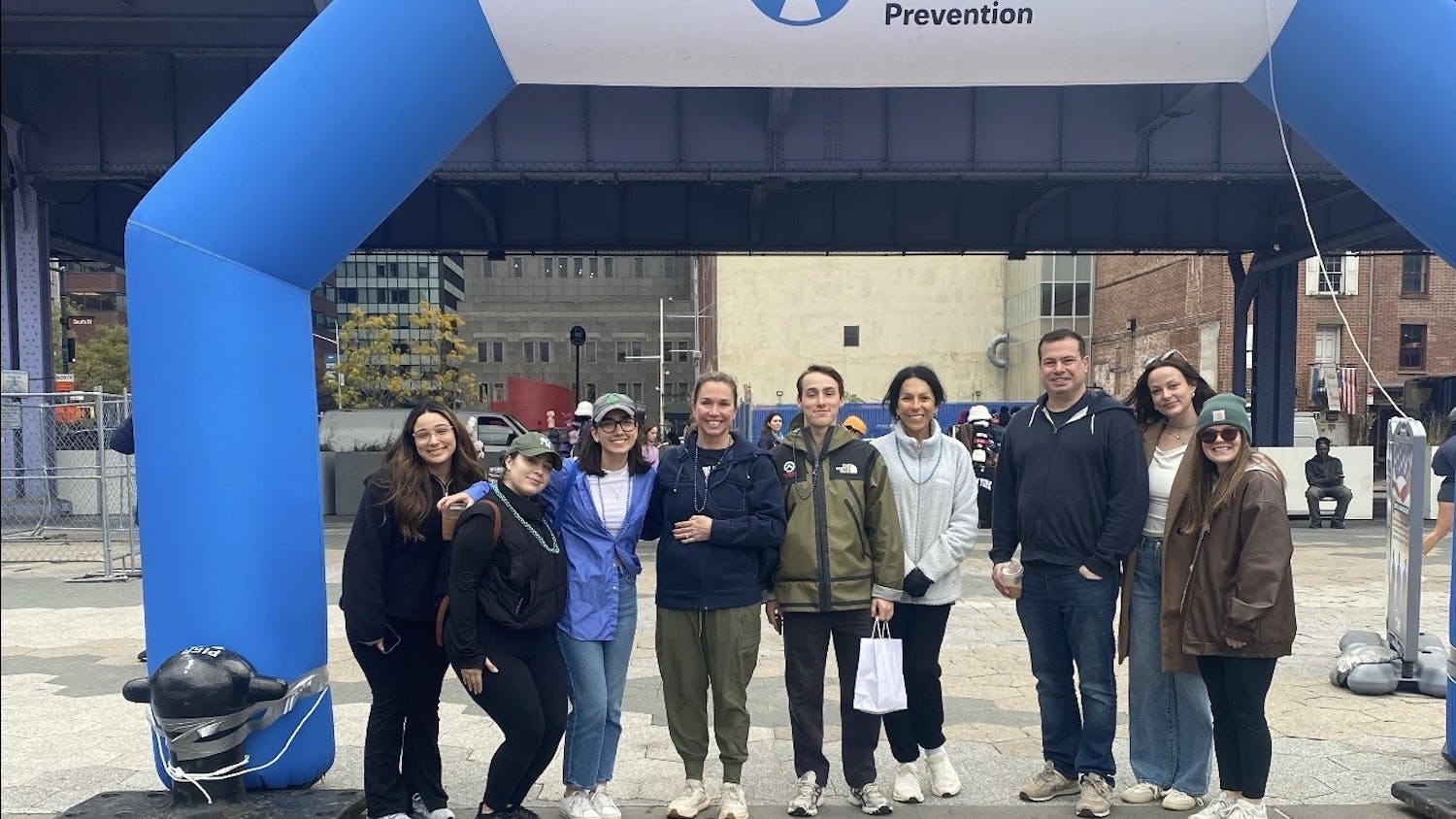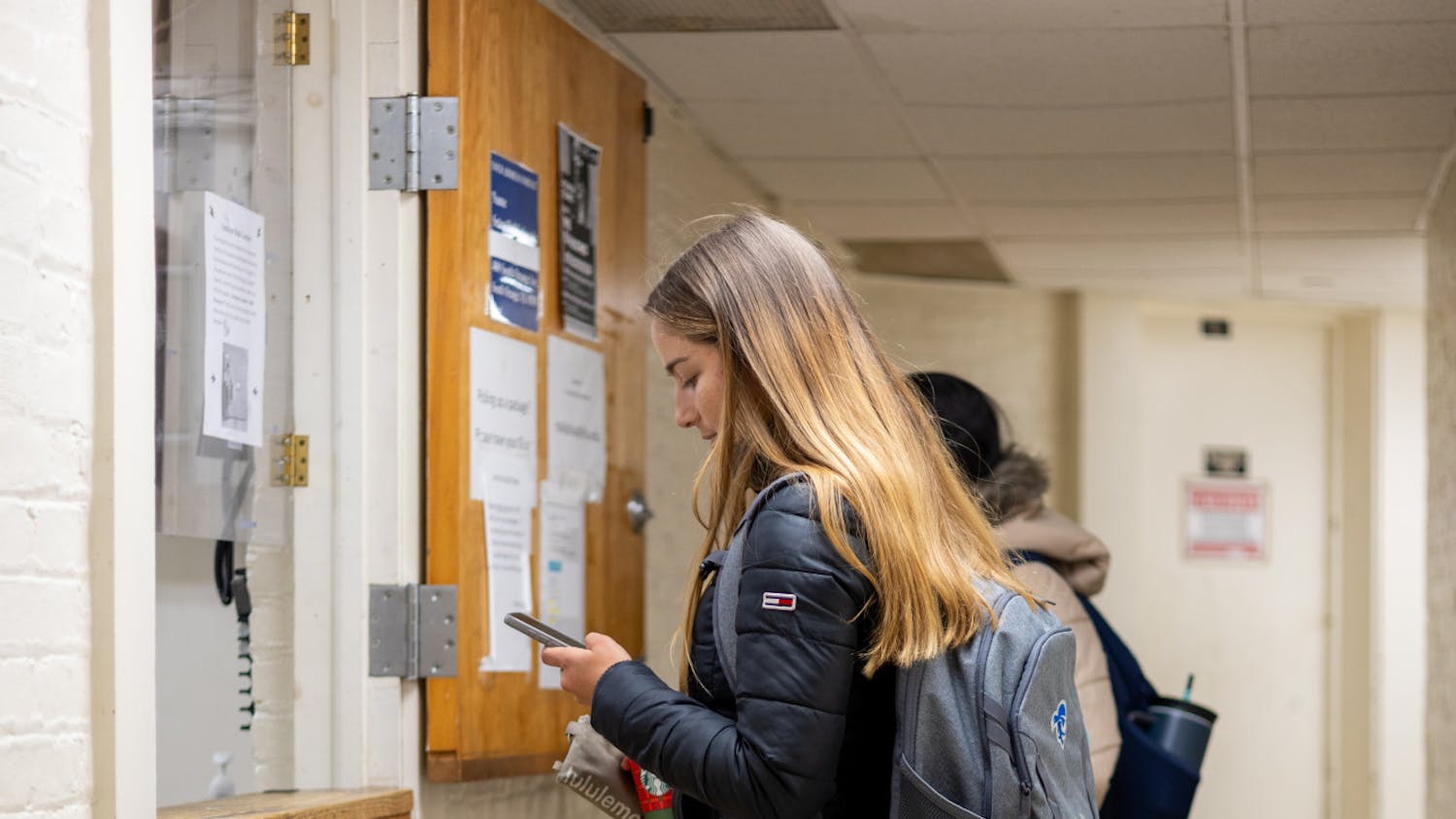Seton Hall’s 2016 Security and Fire Safety Report indicated a drop in several major on-campus crimes in the past years, but it also pointed out the areas which the University could improve upon.
According to the report, there were four reported hate crimes on campus in 2016, while there hadn’t been any the year before. Out of those four, three of the instances took place in a student housing facility. Two were based on racial bias, one was based on religious bias, and one was based on national origin bias.
[caption id="attachment_20020" align="aligncenter" width="838"] “The University will continue to strive to keep our campus safe for all community members and visitors,” said Patrick Linfante, director and associate vice president of Public Safety.
“The University will continue to strive to keep our campus safe for all community members and visitors,” said Patrick Linfante, director and associate vice president of Public Safety.
File Photo/Cameron Gustavson[/caption]
Patrick Linfante, associate vice president and director of the Department of Public Safety said that three out of the four reported hate crimes seem to have been related to the 2016 presidential election.
“The University has a zero tolerance toward hate crimes,” Linfante wrote in an email. “All hate crimes are vigorously investigated and the appropriate disciplinary action is taken.”
Dr. Tracy Gottlieb, vice president of Student Services, also cited SHU’s zero tolerance policy.
“Four instances of hate speech in a community of 10,000 people might not seem like a lot, but even one instance is absolutely unacceptable,” Gottlieb wrote in an email.
As required by the Jeanne Clery Disclosure of Campus Security Policy and Campus Crime Statistics Act, SHU released the report to the University community on Sept. 27, days before the Oct. 1 deadline.
The annual report serves several purposes, according to the email release from Student Services. It contains “information regarding campus security and safety and personal safety,” as well as “information about crime statistics for the three previous calendar years concerning reported crimes that occurred on campus; in certain off-campus buildings or property owned or controlled by Seton Hall; and on public property within, or immediately adjacent to and accessible from the campus.”
While some forms of crime became more common in 2016, others were less pervasive than they had been in prior years. In 2016, there were three reported instances of rape on campus, all of which took place in on-campus student housing facilities. This was a 50 percent decrease from 2015, when there were six reported instances of rape on campus.
There were also significant decreases in disciplinary referrals for both drug abuse violations and liquor law violations. While there were 87 reported instances of disciplinary referrals for drug abuse violations in 2015, there were only 28 in 2016.
Meanwhile, there were 81 instances of disciplinary referrals for liquor law violations, continuing a downward trend. There were 218 reported instances on campus in 2014, and that number decreased by 50 percent to 109 in 2015.
Gottlieb said that the smaller size of the freshman class in 2016 likely contributed to the drop in these offenses.
Gottlieb explained that while these numbers do not always form trends from year to year, the school has strengthened the educational programs based on preventing these on campus offenses.
“We wanted to make sure that we were vigilant in enforcement, so we increased our employee training around detection and enforcement,” Gottlieb wrote in an email. “We also provide much education around the need for students to look after fellow students, which is called bystander intervention.”
Two crimes remained consistent from 2015: there were 11 reported instances of burglary on campus and five reported instances of dating violence on campus in both 2015 and 2016.
Stalking also arose as an issue in 2016 – a crime that had not been reported at all in 2014 or 2015. Linfante explained that stalking is one of the more challenging offenses to report.
“These incidents occur without warning and are not reported until the victim becomes aware that they are being stalked,” Linfante said.
Overall, though, Linfante said that Seton Hall is “a safe campus.”
Gottlieb urged students to familiarize themselves with the policies and resources included in the report in order to keep themselves and others safe.
“We always want to improve,” Gottlieb said. “Communication is key. Students need to be aware. Students need to use common sense. Students need to be patient. I am always concerned when students say they walked back to campus at 2 a.m. because they didn’t want to wait for the SafeRide. I don’t think any good things ever happen at 2 a.m. If I had it my way everyone would be tucked in at 10 p.m.”
Students received the report in their school email, but those that want a paper copy of the report can get one from the Public Safety Office, according to the email from Student Services.
Brianna Bernath can be reached at brianna.bernath@student.shu.edu.





